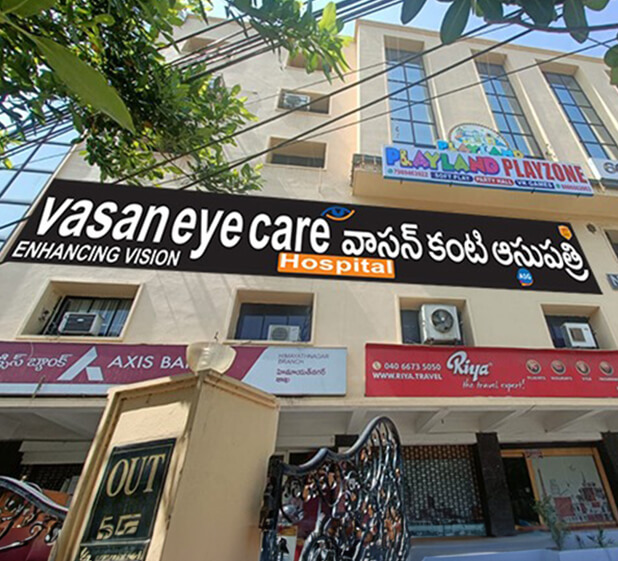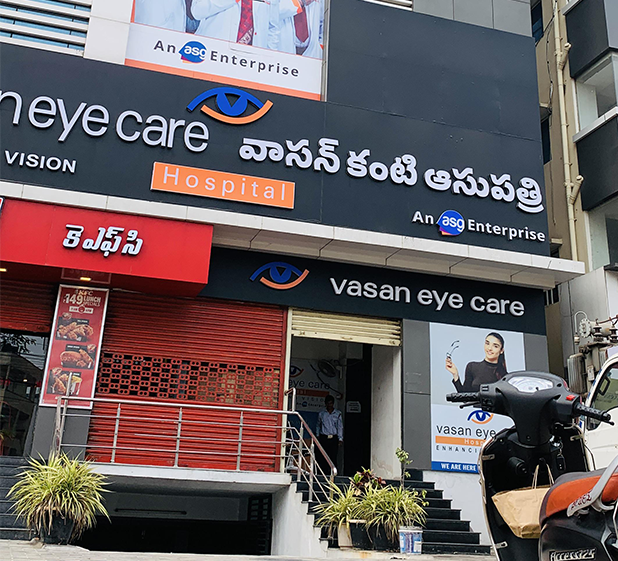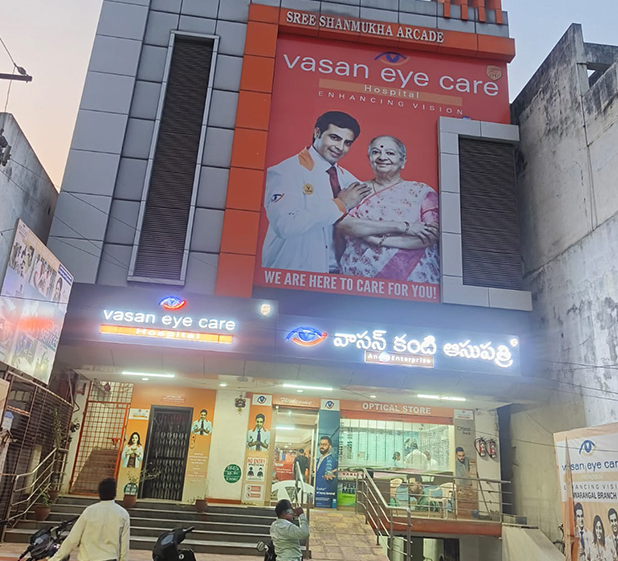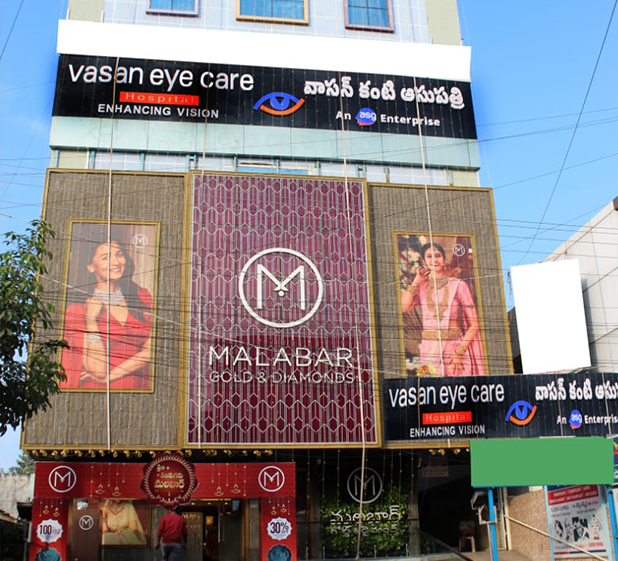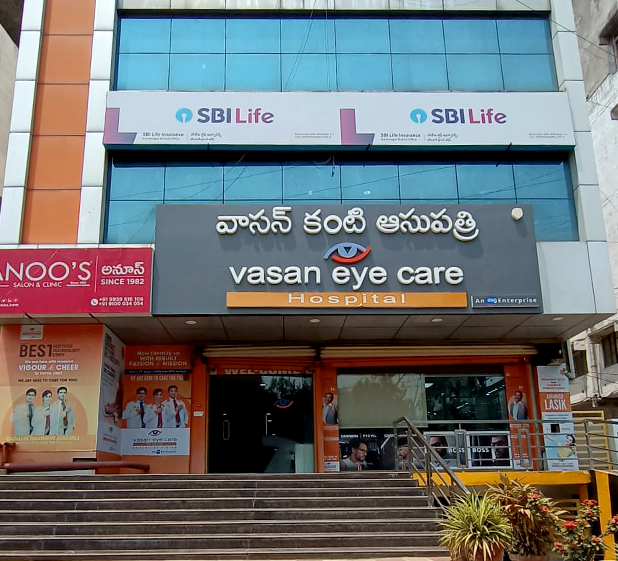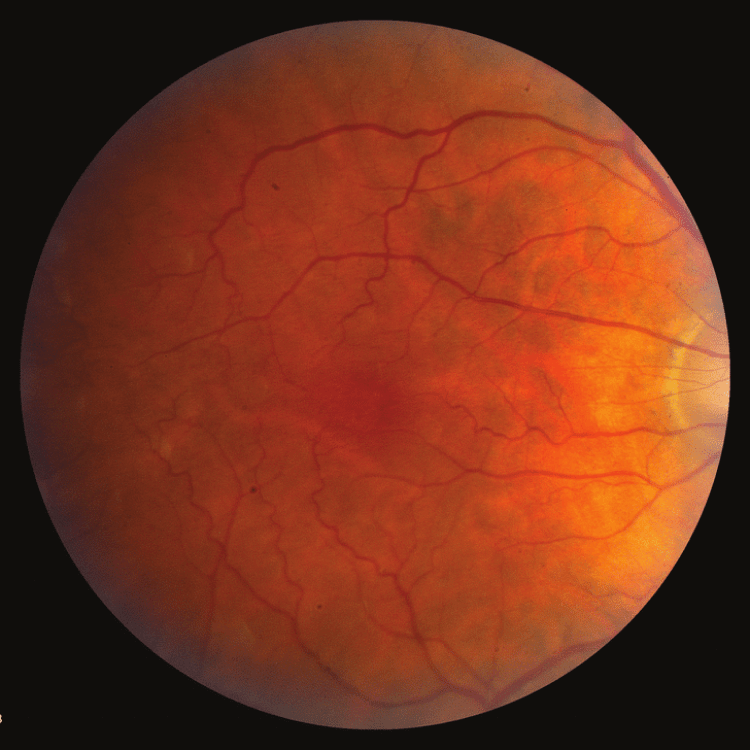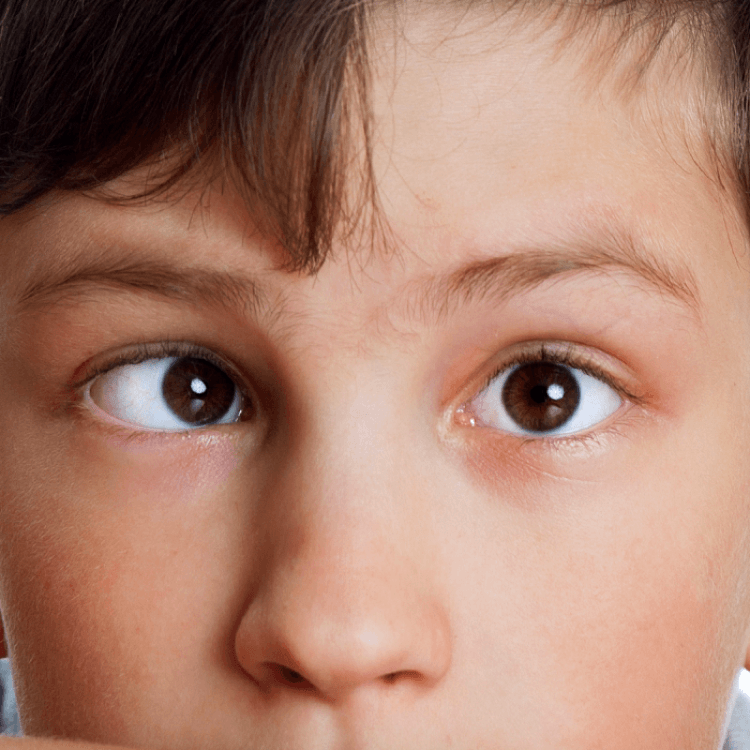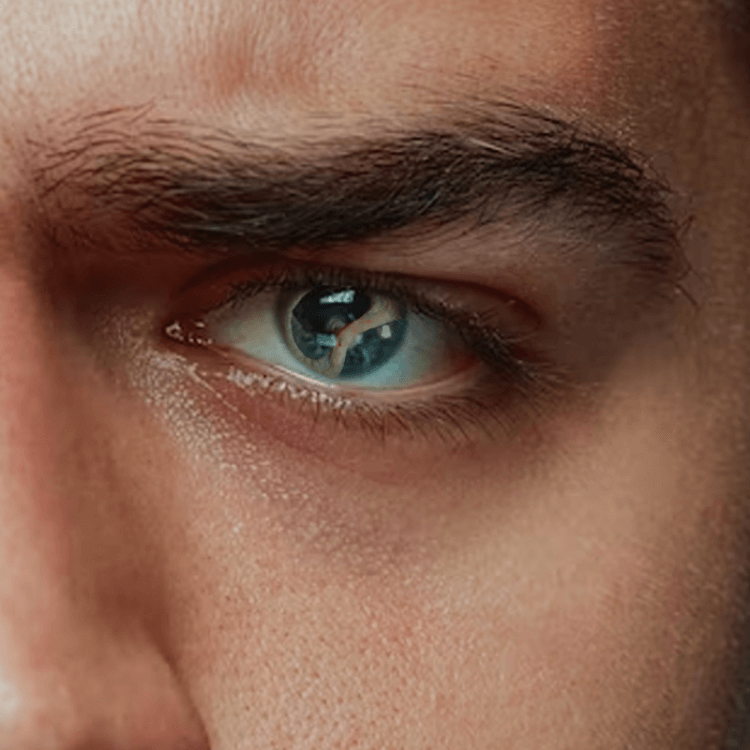
Orbital Trauma
What is Orbital Trauma?
Orbital trauma can occur because of many reasons like injury, road accidents, or sports. Ocular or orbital injuries might cause pain around the eye, bruising, swelling, bleeding from cuts, facial numbness, and vision changes. Treatment can range from observation to surgery, depending on the severity of the injury.
Symptoms
Symptoms of Orbital Trauma include

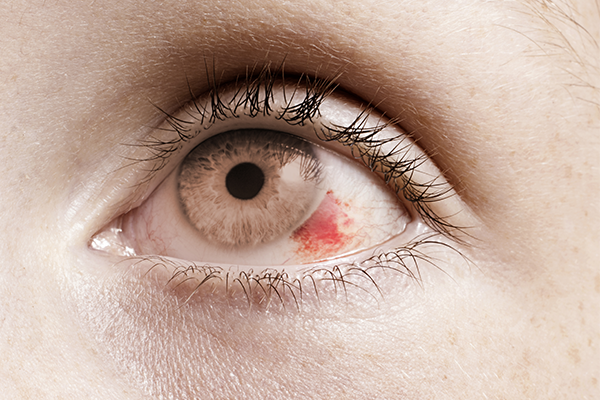
Bleeding from lacerations
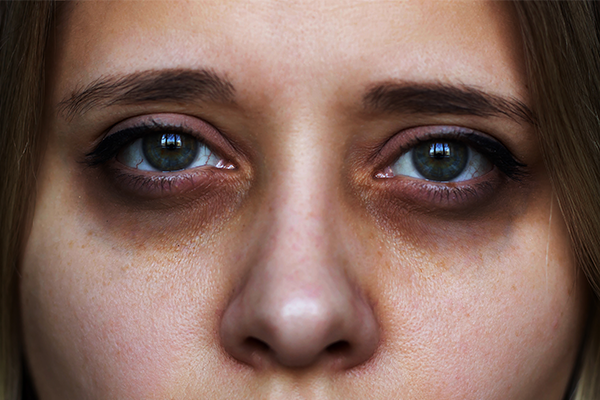
Facial numbness
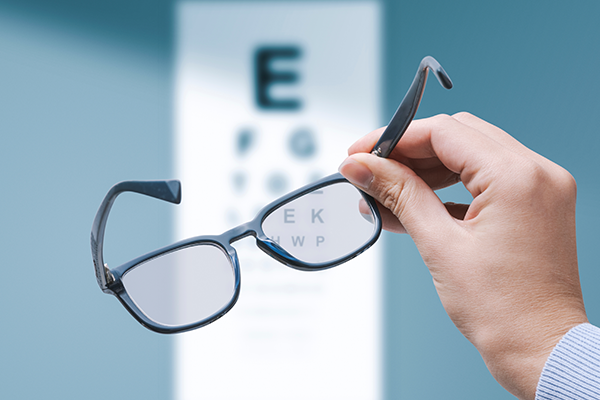
Changes in vision
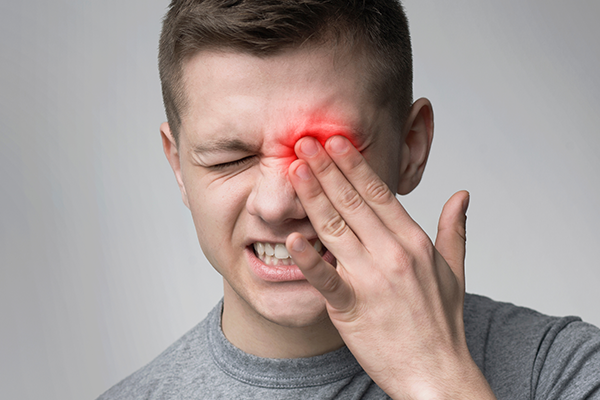
Pain around the eye
Treatments Available
Here’s how our experts treat Orbital Trauma
When it comes to treating an orbital injury, the approach depends on how serious it is. For smaller fractures, you might just need some ice packs to help with swelling and pain. We also prescribe meds like antibiotics or decongestants for this.
Blowing your nose at this stage can make things worse.
If the fracture is more severe and messes with your eye movements or causes double vision, surgery might be considered. In that case, oculoplastic surgeons perform the necessary procedures to fix your vision. After the procedure, you might deal with some bruising, swelling, and temporary blurriness, but don’t worry, appropriate meds can ease those symptoms.
FAQs
If your eye’s just a bit irritated or scratched, it usually gets better within a day on its own. But if it’s still bothering you after a day or you’re worried, see your eye doctor or GP. Anything more serious, like a poke or a deeper injury, needs immediate attention from a medical professional.
The 5 most common types of eye injuries are:
- Scratched eye, also called corneal abrasions.
- Chemical burns from things like cleaning products.
- Foreign objects getting into the eye, like bits of metal or wood.
- Black eyes and fractures around the eye socket.
- Eye sunburn, also known as photokeratitis or snow blindness.
- Avoid looking directly at the sun, especially during an eclipse.
- Always read and follow instructions before playing games or using equipment.
- Wear safety goggles or glasses when playing sports or doing leisure activities.
- Use a helmet with a polycarbonate face mask or wire shield for high-impact sports.
Other Diseases
Know more about other Eye Diseases
Retinopathy Prematurity
Retinopathy Prematurity (ROP) is an eye condition occurring in premature infants, where abnormal blood vessels grow in the retina, potentially resulting in blindness.
Squint
Squint is a disorder in which the eyes don't look in exactly the same direction at the same time. It is also known as ‘Strabismus’ or ‘Cross eyed’.
Traumatic Cataract
Traumatic Cataract is the clouding of the lens due to eye trauma, either blunt or penetrative, which damages the lens fibres.

